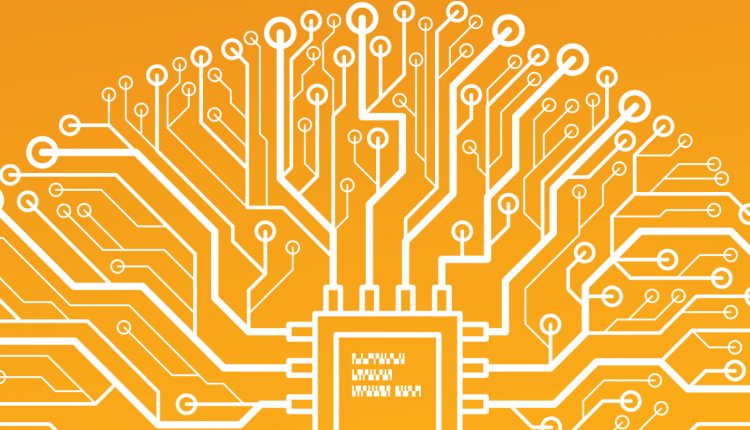05.29.2020
Frost & Sullivan’s recent analysis, Role of 5G Communication Revolutionising Industrial Internet of Things, finds that the integration of 5G in IIoT systems will accelerate the realisation of Industry 4.0 with high-speed, low-latency, and large-volume data transfer. While the application of 5G-enabled IIoT is currently limited to quality inspections, supply chain management, and generic machine control, key system manufacturers are actively exploring other areas in industrial operations where the benefits of 5G connectivity can be leveraged for process optimisation and increased automation.
“Incorporating 5G in IIoT devices will enable low latency, increase data throughput, and reduce operation time, thus leading to improved overall process productivity,” said Mogana Tashiani, Frost & Sullivan Technical Insights Research Analyst. “Apart from enhancing the automation of industrial operations and control, 5G-enabled IIoT devices can also minimise the complexity of supply chain networks and warehouse management, helping businesses to efficiently operate in dynamic business environments.”
Tashiani added: “5G will play a key role in ensuring the sustainability of businesses in the wake of the COVID-19 pandemic. The low latency will aid in managing the high traffic to e-commerce by improving network accessibility at a faster pace, accelerating online purchases and order placements. Furthermore, 5G-integrated IIoT devices have the potential to disrupt traditional on-site job functions through remote working and virtual meetings. COVID-19 has led to a massive shift to remote working to maintain business operations on par with on-site job operations.”
Key sectors that can leverage the growth opportunities from 5G-integrated IIoT include:
Banks, Financial Services, and Insurance: The BFSI sector deals with millions of transactions every day and most of them are mundane and repetitive. 5G-integrated IoT devices and systems allow transactions to be completed and recorded at a faster pace, increasing accuracy by reducing human errors in the process, thus improving the overall productivity of the system.
Retail: Businesses in the retail sector can automate in-store transactions with 5G-ready radio-frequency identification (RFID) tags, which can be attached to items or shopping carts to facilitate autonomous check-out in brick-and-mortar stores, leading to unmanned/cashier-less stores.
Automotive: 5G facilitates data transfer among AI algorithms, sensors, and mechanical parts to navigate self-driving or autonomous vehicles. In addition, 5G-enabled vehicles establish a connected system in which real-time data transferring and receiving can be achieved conveniently and effectively. Apart from vehicle-to-vehicle communication, interaction with traffic system is possible with 5G technology, which enables data transmission beforehand to achieve practical navigation for certain road conditions.
Role of 5G Communication Revolutionising Industrial Internet of Things is part of Frost & Sullivan’s global TechVision Growth Partnership Service program.
www.frost.com



Comments are closed.